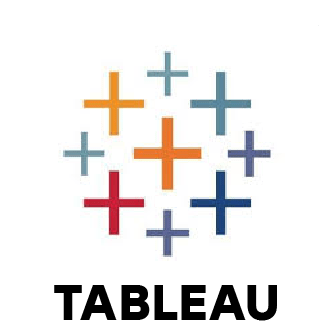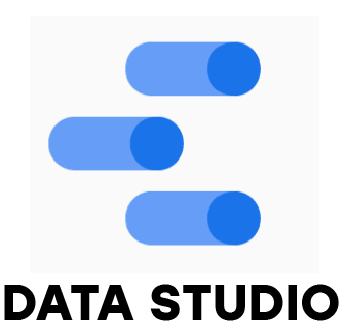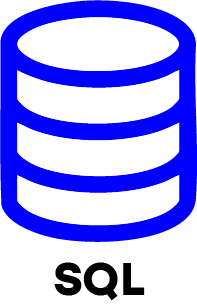1. What responsibilities does a Data Analyst have?
Ans:
A data analyst gathers, processes, and interprets data to support decision-making within organizations. They prepare reports, clean datasets, and use various tools to detect trends and extract insights.
2. How skilled are you in SQL? Can you provide a simple SQL query to retrieve data from a database?
Ans:
I’m proficient in SQL and can efficiently retrieve and manipulate data for analysis. I use SQL to filter, join, and aggregate data. For example, to get employee names and ages from the Sales department:
SELECT name, age FROM employees WHERE department = 'Sales';
3. What steps do you take to ensure data quality during analysis?
Ans:
I check for missing values, duplicates, incorrect data types, and outliers, and apply validation rules. Additionally, I verify the data against source systems to maintain accuracy.
4. What is data cleaning, and why is it necessary?
Ans:
Data cleaning refers to correcting or removing inaccurate, inconsistent, or incomplete data. It’s essential to ensure the analysis is trustworthy and the conclusions drawn are valid.
5. Which tools do you commonly use for data analysis?
Ans:
Frequently used tools include Excel, SQL, Python (Pandas, NumPy), R, Power BI, Tableau, and Google Sheets.
6. What differentiates a primary key from a foreign key in SQL?
Ans:
- Use rate limiting
- Primary key with unique identifies each record in a table.
- Foreign key with links one table to another by referencing a primary key.
7. How do you handle missing or incomplete data in a dataset?
Ans:
- Remove incomplete records.
- Impute missing values using mean, median, or mode.
- Apply predictive modeling for imputation.
- Analyze missing data patterns.
8. Can you explain what data normalization is?
Ans:
Normalization involves organizing a database to minimize redundancy by dividing data into related tables and establishing relationships through foreign keys.
9. What is a pivot table, and how do you use it in Excel?
Ans:
A pivot table summarizes and organizes data, allowing dynamic grouping, filtering, and aggregation useful for analyzing large datasets like sales by region.
10. How do causation and correlation differ?
Ans:
- Correlation: While the two variables move together, they may not have an impact on one another.
- Causation: One variable directly influences another.
11. Why is data visualization important in data analysis?
Ans:
Visualization simplifies complex data, reveals patterns, and helps stakeholders quickly understand insights through charts, graphs, and dashboards.
12. How would you explain a complicated data analysis project to someone without a technical background?
Ans:
I’d use clear, simple language, focus on business implications, support points with visuals, and avoid technical jargon to emphasize what the findings mean for their objectives.
13. What is regression analysis? Could you describe different types of regression?
Ans:
Regression explores relationships between variables:
- Linear regression: Predicts a continuous outcome
- Logistic regression: Predicts binary outcomes
- Multiple regression: Uses multiple predictors
- Polynomial regression: Models nonlinear relationships
14. What does the ETL process entail?
Ans:
ETL stands for Extract, Transform, Load. It refers to:
- Extract data from various sources
- Transform it to fit analysis needs
- Load it into a data warehouse or database
15. How do you maintain data quality during analysis?
Ans:
Maintaining data quality during analysis involves thorough data cleaning to handle missing values, outliers, and inconsistencies. It’s essential to validate data sources and ensure accuracy by cross-referencing with reliable datasets or documentation.
16. What is A/B testing?
Ans:
A/B testing compares two versions (A and B) of a variable to determine which performs better. It’s widely used in user experience design and marketing, like testing email subject lines.

























